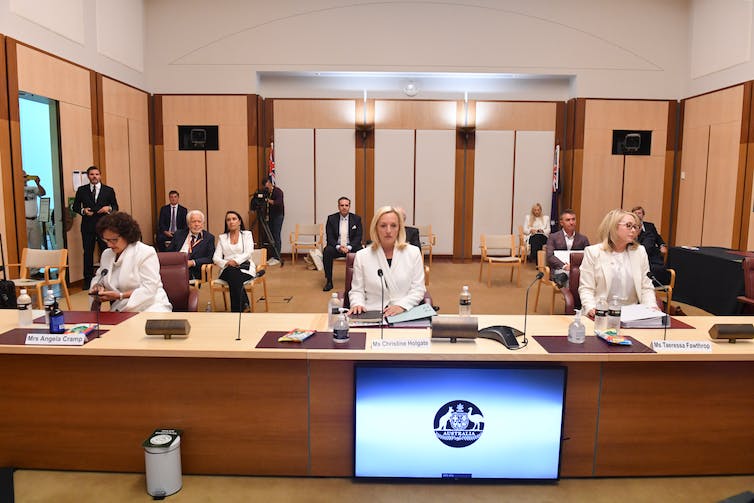- Hundreds of thousands more people out of work due to long-term sickness since the pandemic.
- Experts on new board will help to shape government work ahead of groundbreaking White Paper this autumn.
Experts advising government on how to tackle the ‘greatest employment challenge for a generation’ met with the Work and Pensions Secretary for the first time on Monday [9 September].
The new Labour Market Advisory Board – appointed by Work and Pensions Secretary Liz Kendall MP – is made up of labour market experts from across business, industrial relations and academia.
At its first meeting, members offered new approaches to shape government work on economic inactivity, tackling the root causes for people remaining out of work such as poor physical and mental health, and how the group can help the government reach its ambition of an 80 per cent employment rate.
The Board will develop new ideas and initiatives for the Work and Pensions Secretary to consider as she sets about bringing down the levels of economic inactivity, with the UK being the only G7 country whose employment and inactivity rates haven’t returned to pre-pandemic levels, part of the dire inheritance left by the previous government.
Work and Pensions Secretary, Liz Kendall MP, said:
Spiralling inactivity is the greatest employment challenge for a generation, with a near record 2.8 million people out of work due to long-term sickness.
Addressing these challenges will take time, but we’re going to fix the foundations of the economy and tackle economic inactivity.
The board’s knowledge, expertise and insight will help us to rebuild Britain as we deliver our growth mission, drive up opportunity and make every part of the country better off.
As the Health Secretary Wes Streeting has previously set out, cutting NHS waiting lists will get Britain back to health and back to work. and the Board’s first meeting will examine the impact of ill-health on inactivity and how the Government can support more people into good work.
Paul Gregg, Chair of the Labour Market Advisory Board said:
Having studied the UK’s labour market across several decades, it is clear that the current labour market faces a deep-seated set of challenges.
We have seen a sharp increase in economic inactivity and long-term sickness, most notably in our young people post-pandemic. Further, real wage growth has been heavily supressed for 15 years hitting living standards and government tax revenues. Reversing these trends will be key to ensuring the long-term prosperity of the UK’s labour market.
I look forward to working with members of the board and the Secretary of State to support her vision for growth and examining positive solutions to address inactivity and harness the true potential of the UK’s labour market.
The Secretary of State is also expected to outline her plans to devolve power to local areas so they can tackle inactivity with bespoke work, health, and skills plans, which are expected in a White Paper in the autumn.
It will also include plans for a new youth guarantee for 18-21-year-olds, and the overhauling of jobcentres by merging them with the National Careers service.
Board Members
| Member | Organisation/ Institution |
|---|---|
| Paul Gregg (Chair) | Former Director of the Centre for Analysis of Social Policy at the University of Bath |
| Steven Machin | Professor of Economics and Director, LSE |
| Lindsey Macmillian | Professor of Economics, Centre for Education Policy and Equalising Opportunities |
| Gavin Kelly | Executive Chair, Resolution Foundation |
| Anita Charlesworth | Director of Research and Economics, Health Foundation |
| Stuart McIntyre | Professor of Economics, University of Strathclyde |
| Ruby McGregor Smith | House of Lords |
| Nicola Smith | Head of Rights, International, Social and Economics Department TUC |
Additional Information
Inactivity levels and rates across the UK & regions as of 13/08/2024:
| Area | Level (000s) | Rate |
|---|---|---|
| United Kingdom | 9,410 | 22.0% |
| Great Britain | 9,090 | 22.0% |
| England | 7,756 | 21.6% |
| North East | 454 | 27.4% |
| North West | 1,112 | 23.6% |
| Yorkshire and The Humber | 862 | 25.0% |
| East Midlands | 616 | 20.1% |
| West Midlands | 875 | 23.5% |
| East | 851 | 21.7% |
| London | 1,263 | 20.7% |
| South East | 1,080 | 18.7% |
| Wales | 541 | 28.3% |
| Scotland | 793 | 23.1% |
| Northern Ireland | 319 | 27.1% |




